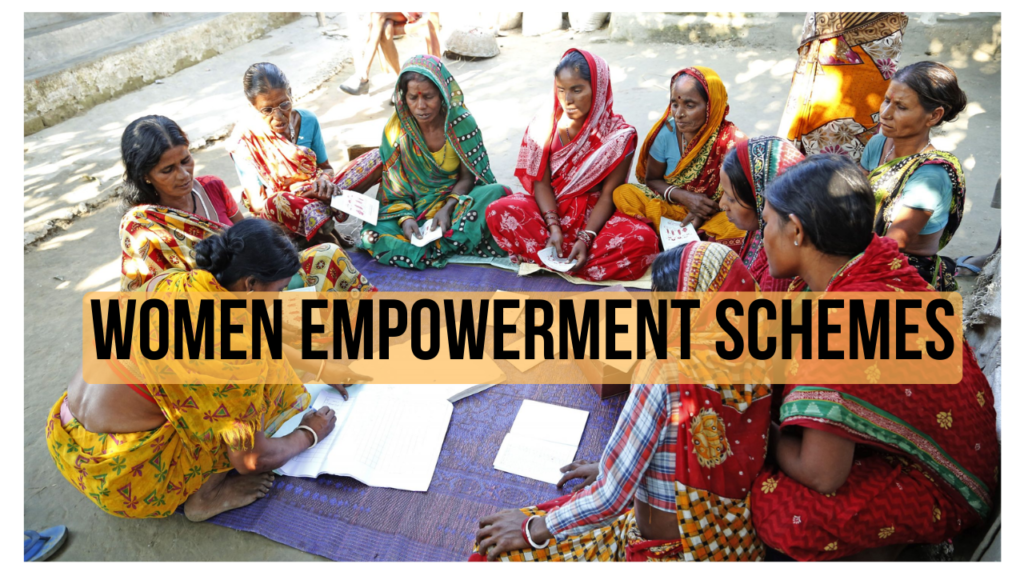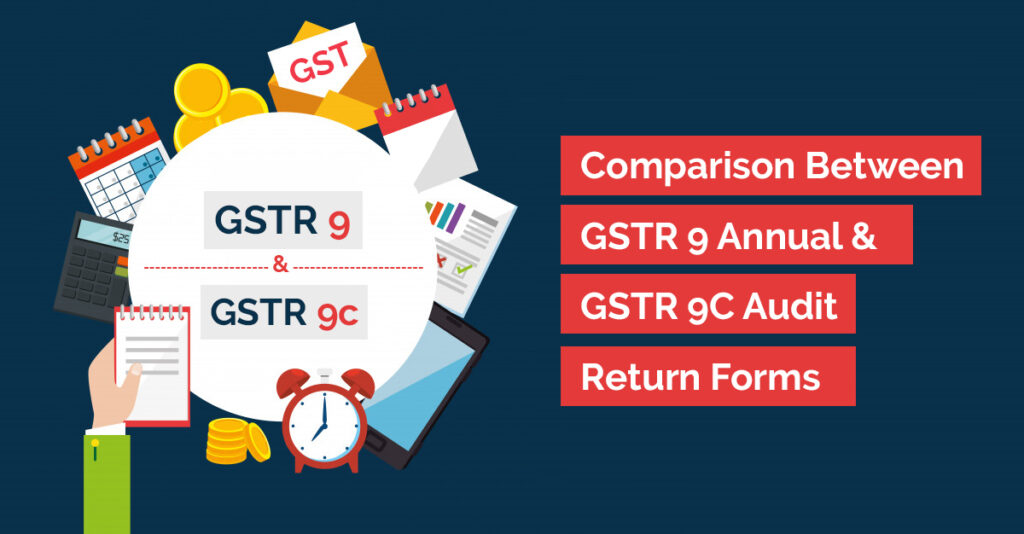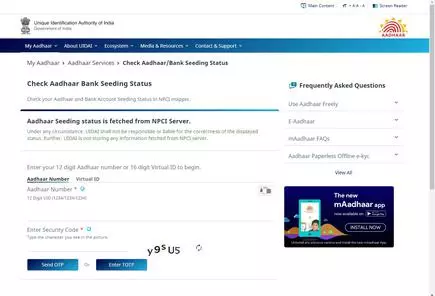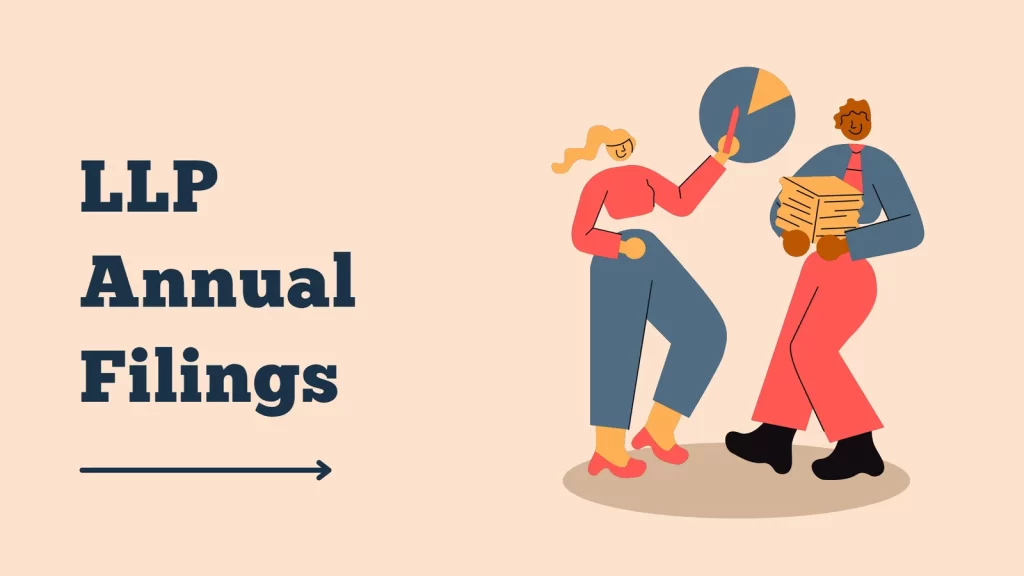Indian Income Tax Act has provisions for tax collection at source or TCS. In these provisions, certain persons are required to collect a specified percentage of tax from their buyers on exceptional transactions. Most of these transactions are trading or business in nature. It does not affect the common man. What is Tax Collected at Source (TCS)? Tax collected at source (TCS) is the tax collected by the seller from the buyer on sale so that it can be deposited with the tax authorities. Section 206C of the Income-tax Act governs the goods on which the seller has to collect tax from the buyers. Such persons must have the Tax Collection Account Number to be able to collect TCS. Example: If a box of chocolates costs Rs.100, the buyer pays Rs.20 which is the tax collected at the point of sale. The funds are then transferred to a certain approved branch of a bank that has been authorised to accept payments. The seller is only responsible for collecting this tax from the customer and is not liable for paying it himself or herself. The tax is intended to be collected while selling items, conducting transactions, receiving a payment in cash from the buyer, or issuing a cheque or draft, whichever method is paid first. TCS Rate Chart as applicable for the Financial Year 2023-2024 (Assessment Year 2024-2025) – Section Deductee* Nature of transaction Threshold Limit (Rs) TDS Rate 192 R, NR Payment of salary Basic exemption limit of employee Normal Slab Rates 192A R, NR Premature withdrawal from EPF 50,000 10% Budget 2023: TDS rate for EPF withdrawals without a PAN number is now 20%, from the previous maximum marginal rate 193 R Interest on securities Debentures- 5,000 8% Savings (Taxable) Bonds 2003 or 7.75% Savings (Taxable) Bonds 2018- 10,000 Other securities- No limit 10%Budget 2023: Exemption of TDS on interest from listed debentures has been removed. Therefore, tax has to be deducted on interest on such specified securities. 194 R Payment of any dividend 5,000 10% 194A R Interest from other than interest from securities (from deposits with banks/post office/co-operative society) Senior Citizens- 50,000 Others- 40,000 10% 194A R Interest from other than interest on securities u/s 193 and interest from banks/post office/co-operative society. For e.g., interest from friends and relatives 5,000 10% 194B R, NR, FC Income from lottery winnings, card games, crossword puzzles, and other games of any type Aggregate income from lottery winnings, card games, crossword puzzles etc- 10,000 Online Gamine- Refer 194BA 30% 194BA R, NR, FC Income from online games Nil 30% 194BB R, NR, FC Income from horse race winnings 10,000 Aggregate winnings during a financial year not single transaction 30% 194C R Payment to contractor/sub-contractor:- Single transaction- 30,000 Aggregate transactions- 1,00,000 a) Individuals/HUF 1% b) Other than Individuals/HUF 2% 194D R Insurance commission to: a) Domestic Companies 15,000 10% b) Other than companies 15,000 5% Budget 2024 – This rate is reduced to 2% with effect from 1st April 2025 194DA R Income from the insurance pay-out, while payment of any sum in respect of a life insurance policy. 1,00,000 5% Budget 2024 – This rate is reduced to 2% with effect from 1st October 2024 194E NR, FC Payment to non-resident sportsmen/sports association No limit 20% *This rate shall be increased by applicable surcharge and 4% cess 194EE R, NR Payment of amount standing to the credit of a person under National Savings Scheme (NSS) 2,500 10% 194F R, NR Payment for the repurchase of the unit by Unit Trust of India (UTI) or a Mutual Fund No limit 20% Budget 2024 – This section is proposed to be omitted with effect from 1st October 2024 194G R, NR, FC Payments, commission, etc., on the sale of lottery tickets 15,000 5% Budget 2024 – This rate is reduced to 2% with effect from 1st October 2024 194H R Commission or brokerage 15,000 5% Budget 2024 – This rate is reduced to 2% with effect from 1st October 2024 194-I R Rent: 194-I(a) Rent on plant and machinery 2,40,000 2% 194-I(b) Rent on land/building/furniture/fitting 2,40,000 10% 194-IA R Payment in consideration of transfer of certain immovable property other than agricultural land. 50,00,000 1% 194-IB R Rent payment by an individual or HUF not covered u/s. 194-I 50,000 per month 5% Budget 2024 – This rate is reduced to 2% with effect from 1st October 2024 194-IC R Payment under Joint Development Agreements (JDA) to Individual/HUF No limit 10 194J R Any sum paid by way of fee for professional services 30,000 10% 194J R Any sum paid by way of remuneration/fee/commission to a director 30,000 10% 194J R Any sum paid for not carrying out any activity concerning any business; 30,000 10% 194J R Any sum paid for not sharing any know-how, patent, copyright, etc. 30,000 10% 194J R Any sum paid as a fee for technical services 30,000 2% 194J R Any sum paid by way of royalty towards the sale or distribution, or exhibition of cinematographic films 30,000 2% 194J R Any sum paid as fees for technical services, but the payee is engaged in the business of operation of the call center. Prior to June 1, 2017, the rate was 10% 30,000 2% 194K R Payment of any income for units of a mutual fund, for example, dividend No limit 10% 194LA R Payment in respect of compensation on acquiring certain immovable property 2,50,000 10% 194LB NR, FC Payment of interest on infrastructure debt fund to Non-Resident No limit 5% *This rate shall be increased by applicable surcharge and 4% cess 194LC NR, FC Payment of interest for the loan borrowed in foreign currency by an Indian company or business trust against loan agreement or the issue of long-term bonds No limit 5% 194LC NR, FC Payment of interest for the loan borrowed in foreign currency by an Indian company or business trust against the issue of long-term






